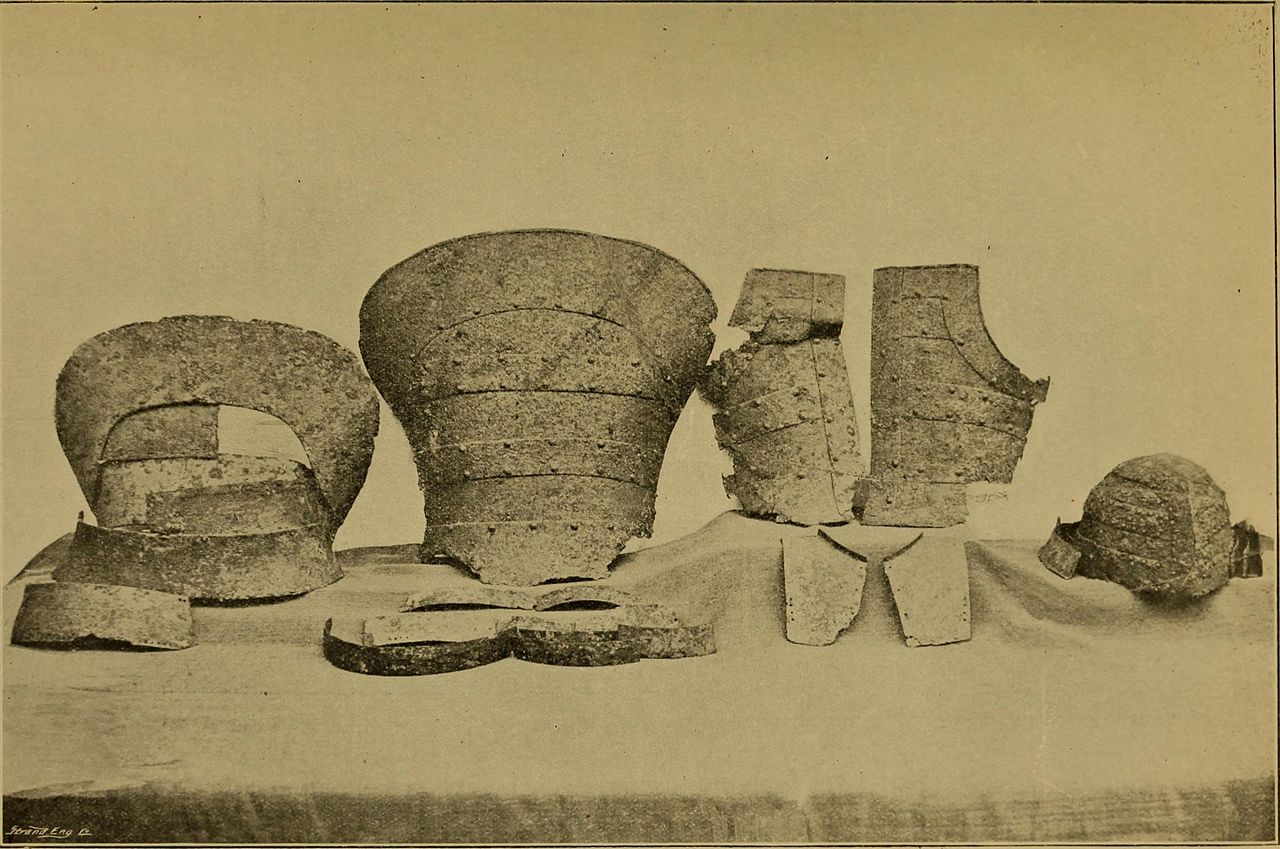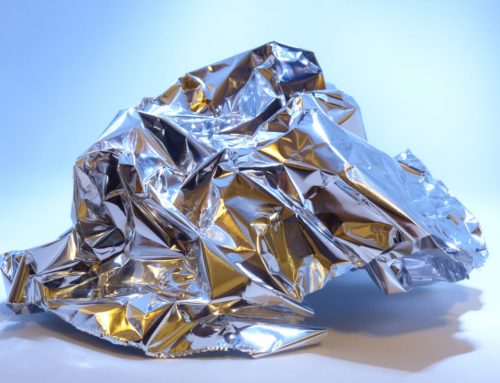These metals were known to the Mesopotamians, Egyptians, Greeks and the Romans. Of the seven metals, five can be found in their native states – gold, silver, copper, iron (from meteors) and mercury. However these metals were not abundant, and the first two metals to be used widely were gold and copper.
Gold, circa 6000 BC: Gold articles are found extensively in antiquity mainly as jewelry, for example, pendants, bracelets and rings. Early gold artifacts are rarely pure and most contain significant silver contents.
Copper, circa 4200 BC: The use of copper in antiquity has more significance than gold since the first tools, implements and weapons were made from copper. However, when copper was hammered it became brittle and would easily break. The solution to this problem was to anneal the copper. By 3600 BC, the first copper-smelted artifacts were found in the Nile valley as were copper rings, bracelets, and chisels.
Silver, circa 4000 BC: Although silver is found freely in nature, its occurrence is rare. Silver is the most chemically active of the noble metals, and it is harder than gold but softer than copper. It ranks second in ductility and malleability to gold. Due to its softness, pure silver was mainly used for ornaments, jewelry and as a measure of wealth.
Lead, circa 3500 BC: Lead is not found free in nature but galena (lead sulfide) was used as an eye paint by the ancient Egyptians. Galena has a very metallic looking appearance and was, therefore, likely to attract the attention of early metalworkers. At first lead was not used widely because it was too ductile, and the first uses of lead were around 3500 BC. Lead’s use as a container and conduit was important and lead pipes bearing the insignia of Roman emperors can still be found.
Tin, circa 1750 BC: Native tin is not found in nature. The first tin artifacts date back to 2000 BC; however, it was not until 1800 BC that tin-smelting became common in western Asia. Tin was reduced by charcoal and at first was thought to be a form of lead. Tin was rarely used on its own and was most commonly alloyed to copper to form bronze. By 1400 BC, bronze was the predominant metal alloy.
Iron (smelted), circa 1500 BC: Iron was available to the ancients in small amounts from meteors. This native iron is easily distinguishable because it contains 6-8% nickel. There is some indication that manmade iron was available as early as 2500 BC; however, iron-making did not become an everyday process until 1200 BC. Hematite, an oxide of iron, was widely used by the ancients for beads and ornaments. Iron weapons revolutionized warfare and iron implements did the same for farming. Iron and then later its alloy steel were the building blocks for civilization.
Mercury, circa 750 BC: Mercury was also known to the ancients and has been found in tombs dating back to 1500 and 1600 BC. Pliny, the Roman chronicler, outlined purification techniques by squeezing it through leather and also noted that it was poisonous. Mercury, also known as quicksilver, is the only metal which is liquid at room temperature. Although it can be found in its native state, it is more commonly found in such ores as calomel, livingstonite, corderite and its sulfide cinnabar. Mercury was widely used because of its ability to dissolve silver and gold (amalgamation) and was the basis of many plating technologies.



Leave A Comment